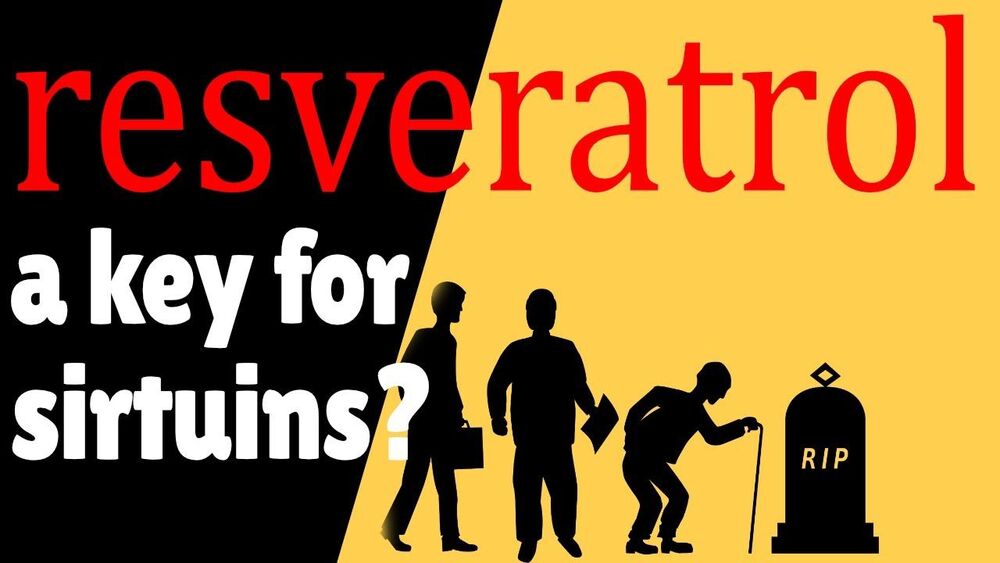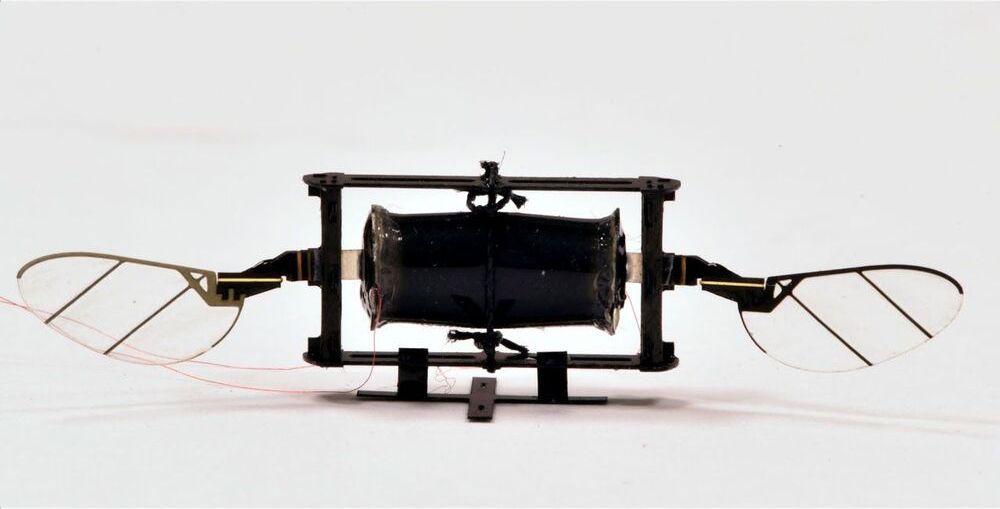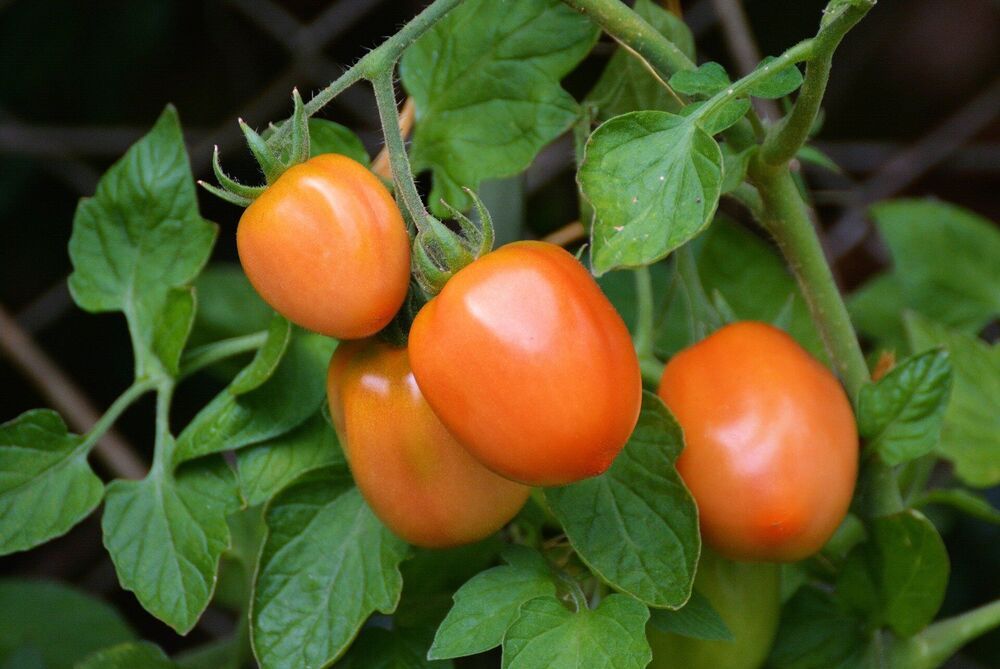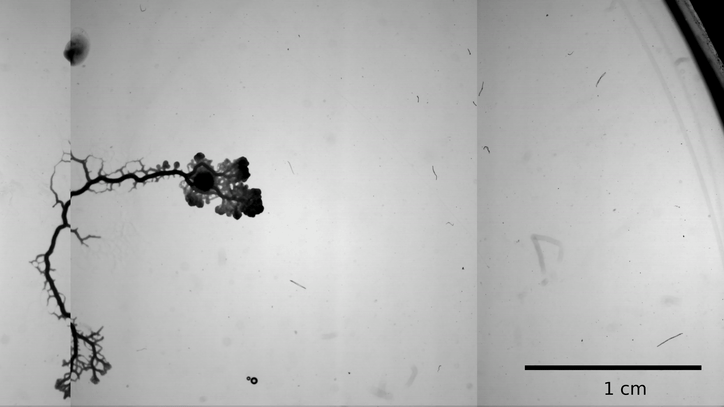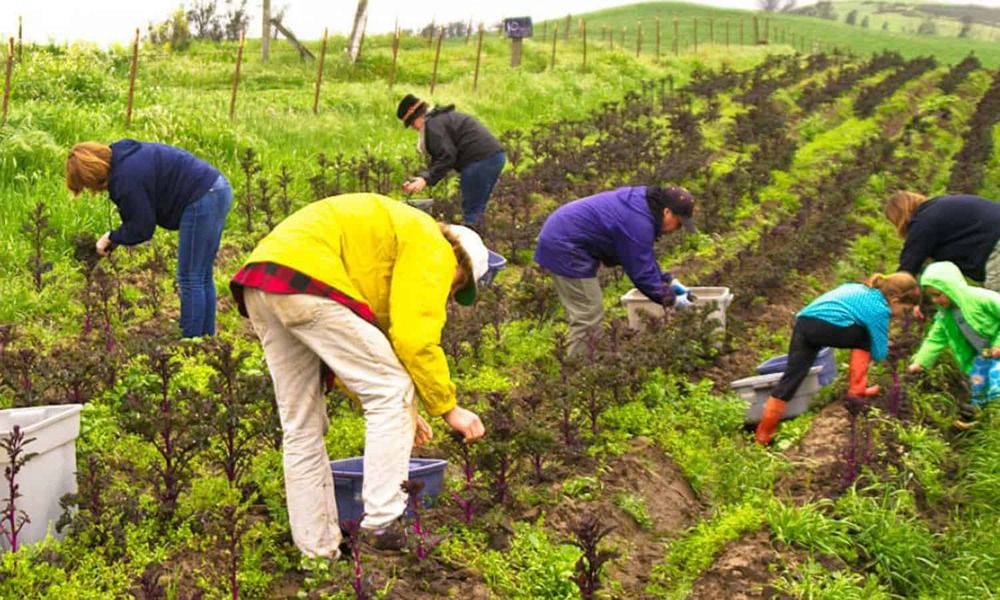The Future Of Food And Beverage Innovation And Venturing — Dr. Ellen De Brabander, Ph.D. — Senior Vice President, R&D, PepsiCo
Dr. Ellen de Brabander, is Senior Vice President, Research and Development, at PepsiCo, the American multinational food, snack, and beverage company.
Dr. de Brabander has broad set of responsibilities at Pepsico and currently leads their global R&D functions including the Food Safety, Quality, Strategy & Portfolio Management, and their Sensory and Regulatory Affairs teams. She also leads their R&D Digital Transformation initiatives to transform the innovation process to bring new, innovative products to the market.
Dr. de Brabander is also a member of the board of governors at the New York Academy of Sciences and has served as Treasurer and board member International Life Science Institute of North America, an organization that brings together scientists from government, academia and industry to uphold the scientific integrity and objectivity of nutrition and food safety science in order to ethically improve food systems for the betterment of public health.
Additionally, Dr. de Brabander has also served as the interim and founding CEO of EIT Food (part of the EU’s European Institute of Innovation and Technology), which is a unique $1.5 Billion Euro innovation consortium with more than 50 partners from industry and academia, focused on transforming the food sector by designing and delivering unique and high impact research, innovation, business creation and education programs.
Dr. de Brabander has worked in a variety of industries, including pharmaceuticals, health/nutrition, coatings and chemicals.
Prior to joining PepsiCo, Dr. de Brabander was chief scientific officer and global head of research, development and regulatory affairs for Merial Limited, where she led a global team to discover and develop innovative animal health products for companion and production animals. Prior to her role at Merial, she held executive R&D, regulatory, business strategy and program management positions at Intervet, and specialty chemical company DSM.
Dr. de Brabander earned her PhD cum laude in bio-organic chemistry from Leiden University in The Netherlands and completed post-doctoral work in molecular biology at MIT with Nobel Laureate H.G. Khorana. Her PhD was awarded as best PhD for natural sciences from Leiden University (1990; Kock award); she has also been awarded a Golden Medal from the Royal Dutch Chemical Society. In 2020 she was given the US Power 50 award.

